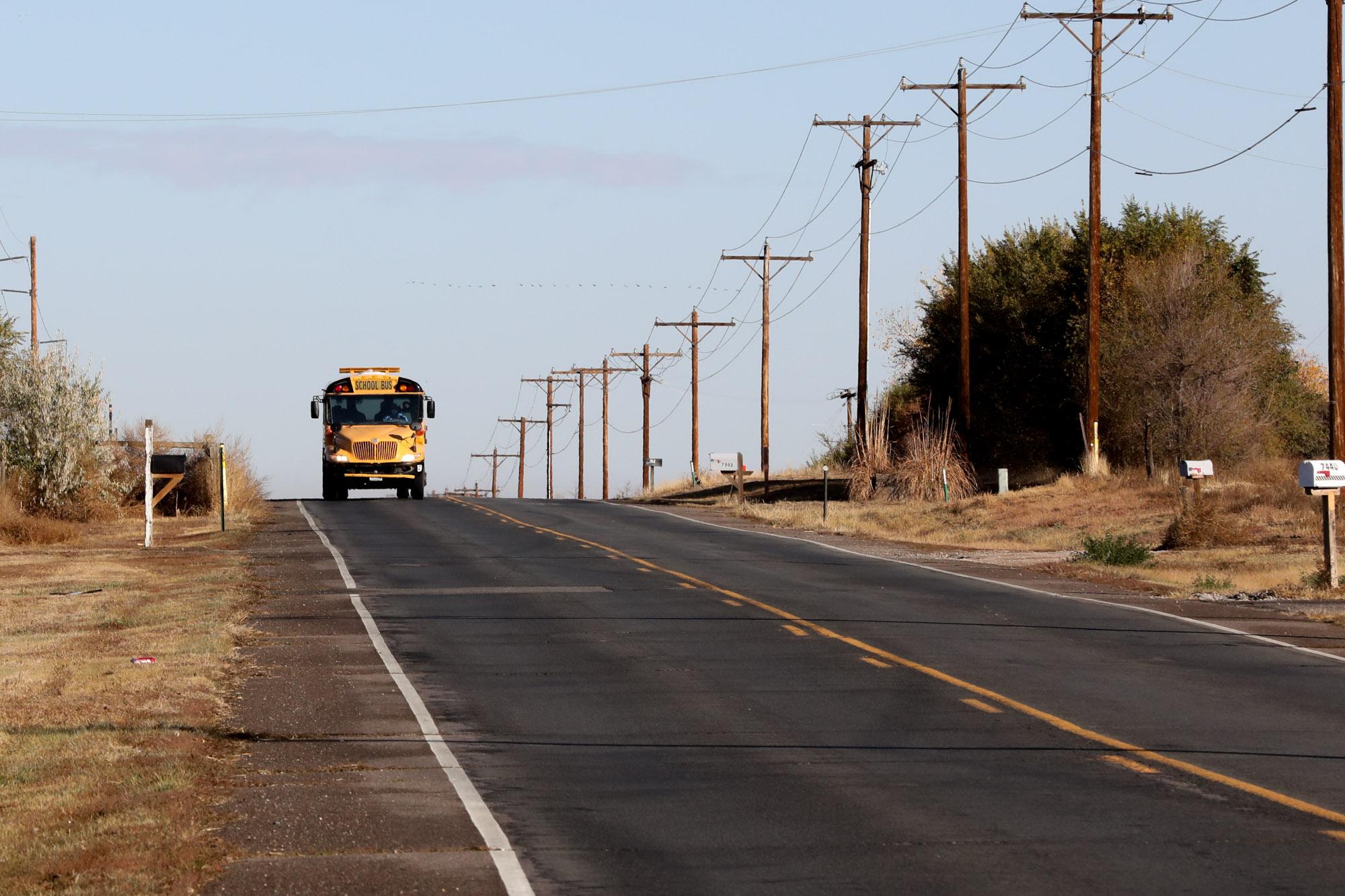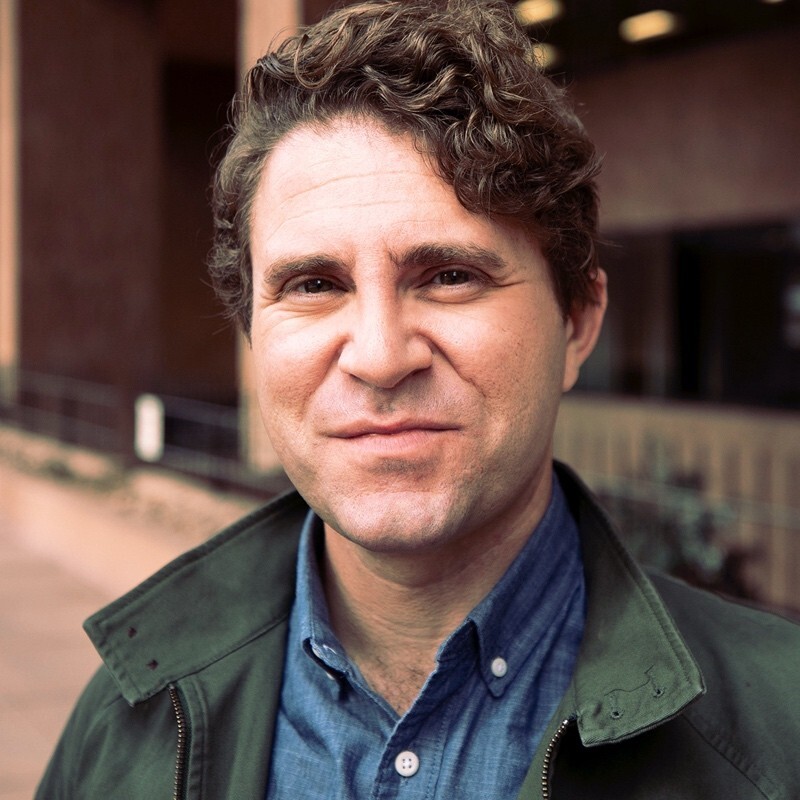
Colorado’s rural school teachers are paid significantly less than urban and suburban teachers making it hard for districts to attract and retain qualified teachers. And the situation won’t change without immediate and significant changes at the state level.
That’s the conclusion of a new report “Insufficient At Any Altitude: Rural teachers salaries in Colorado,” by the Keystone Policy Center.
The report finds that a number of other challenges beyond stagnant wages such as risking costs of living, housing scarcity and higher teachers’ salaries in neighboring states are pushing teachers away from rural Colorado.
Some of the state’s border districts must also compete with states that have set a minimum teacher’s salary like New Mexico, at $40,000— significantly above the average salary in some Colorado districts.
“Rural teachers are the backbone of their communities, yet many are forced to take on second jobs or leave the profession entirely due to inadequate pay,” said Van Schoales, senior policy director at Keystone Policy Center, the independent nonprofit. “If we fail to address these salary gaps, we risk undermining the future of education in rural America.”
The report finds the average salary last year for teachers in remote districts was about $47,000, while in urban-suburban districts it was $64,000. In the Denver metro, it was $78,000. The Colorado state average teacher salary is $68,647.
While the cost of living in urban areas is often higher, the gap between what is considered a “sustainable salary” and the average teacher salary is smaller in rural settings. This means when adjusted for the cost of living, teachers in rural areas have less buying power on average.
Small rural districts also must spend a greater share of their budget on fixed costs like maintenance, utilities and transportation. While urban and suburban districts typically spend 90 percent of their general fund budgets on salaries, rural districts often can dedicate only 60-65 percent of their budgets to pay.
The report highlights that it takes more funding to cover a teacher’s salary in urban districts compared to rural districts. In remote districts, the funding for 3.6 students covers the average salary of one teacher, compared to more than five students in the Denver metro area.
Interestingly, the report found there isn't a strong correlation between average salary and teacher turnover. That suggests salary may not be a primary driver of turnover. However, districts with the highest turnover rates tend to have relatively low salaries, it said.
Two case studies
The report offers a case study of two rural districts: Vilas Re-5 and Montezuma-Cortez Re-1

Vilas Re-5, a small district in southeastern Colorado, close to the Kansas and Oklahoma borders, serves 361 students, about half from low-income families. It has 10 teachers who each make an average salary of $39,775. Teachers’ salaries are significantly below the state average but are higher than what’s considered “sufficient” in relation to the area’s cost of living, which is $24,000, based only on a single household.
Still, the district had a teacher turnover rate last year of 29 percent compared to the state average of 21 percent. The district’s remoteness and distance from amenities and shopping poses a significant challenge in recruiting and retaining teachers. The nearest Walmart is 60 miles away.
“A few years ago, you'd have to drive to Lamar to buy Parmesan cheese,” John Wittler, Vilas school board president told the report’s authors. “The quality and availability of fresh fruit and produce here is very, very low.”
The district also faces competition from neighboring states with higher teacher salaries.
“It’s incredibly challenging to retain anybody in this profession right now, because anybody can go anywhere and get a job that pays more,” said Abby Pettinger, superintendent of the Vilas school district, according to the report. “They can easily go across the border over to Kansas and make close to $20,000 more.”
Vilas relies heavily on state funding — 90 percent of its budget — and because it has high fixed costs on maintenance, utilities and transportation, there isn’t much money to boost teachers’ salaries. Small districts don’t benefit from economies of scale that larger districts do. Even buying 20 textbooks versus 80,000 in a larger district can be enormously costly.
Housing is also scarce but the district owns some houses to rent to teachers. Officials would like to see a simpler licensure process to help attract candidates.
Still, some teachers like Shiva Fischer, a single parent, found some attractive qualities working in a small district where she can walk to school. She said she feels supported by a community of strong women, who help care for each other’s children if one needs to go out of town on business, according to the report.
Montezuma-Cortez Re-1 is in the corner of southwestern Colorado and serves 2,517 students, 40 percent of them from low-income backgrounds. The average teacher salary is $47,579. Average salaries have increased in recent years thanks to a voter-approved property tax increase but they still lag behind neighboring districts and New Mexico, where districts offer much higher salaries. Starting salary in Shiprock, New Mexico, is $54,000 increasing to $65,000 in three years.
While the recent higher teacher salaries have helped attract teachers, Jim Parr, the district’s executive director of student academic success, worries they will gradually deplete the district’s reserves.
“There’s going to be a point here in the next five years or so, where it becomes a deficit budget. So while in the moment, it’s fine, it’s certainly something that is hard to sustain,” he said in the report.
The cost of living in the area is high making it difficult for teachers to afford housing leading to higher turnover rates. The district had a teacher turnover rate of 50 percent last year.
“If I’m a newly graduated education major from, Fort Lewis College or Greeley or Boulder, and I want to teach in your district, and you’re starting me at $47,000, it doesn’t matter where I live, I’m going to be stressed to pay rent, whether I’m out in the county somewhere and having to drive in a long way or I’m in town,” Superintendent Tom Burris told the report’s authors.
Teacher Karl Van Syckle, who lives in a converted barn loft 2.5 miles from the school where he teaches, told the report’s authors that his salary barely makes ends meet. His take-home pay last year was $39,800.
“That pays rent, gas and groceries, with maybe $400 or $500 left over every month,” he said. “It has been super hard. My car has 147,000 miles on it. I have to hope it keeps running because I cannot afford a car payment.”
At the same time, Montezuma-Cortez has an advantage of being in a high-desert landscape near rugged mountains.
“I absolutely love living here,” Van Syckle said. “I can look out my bedroom window on winter mornings and the sun is coming up behind Point Lookout at Mesa Verde, and it is just absolutely beautiful. And I go look out my front window and Ute Mountain can be just lit up red.”
Recommendations
The report calls for substantial intervention at the state level, asking policymakers to address funding disparities and other obstacles.
It calls for researching how other states address teacher salaries, including minimum salary requirements. This could prove challenging, however, as Colorado gives substantial power to districts over budgets, curriculum and hiring.
It recommends potential adjustments to the school finance formula to target funding to districts like Vilas and Montezuma-Cortez struggling to offer competitive salaries. Colorado has a mill levy override matching program to encourage low-property wealth districts to ask their voters for a property tax increase, but no money has been allocated to that program this year due to the tight state budget. The report also acknowledges the challenge of adjustments to the formula given that it was just overhauled.
The report also calls for creative solutions such as providing subsidized teacher housing. It suggests creating a new state program to target funding to districts that struggle to provide competitive teachers salaries, similar to the BEST program that offers grants to districts for building repairs. (A school funding proposal making its way through the legislature now caps the BEST program due to state budget shortfalls.)









